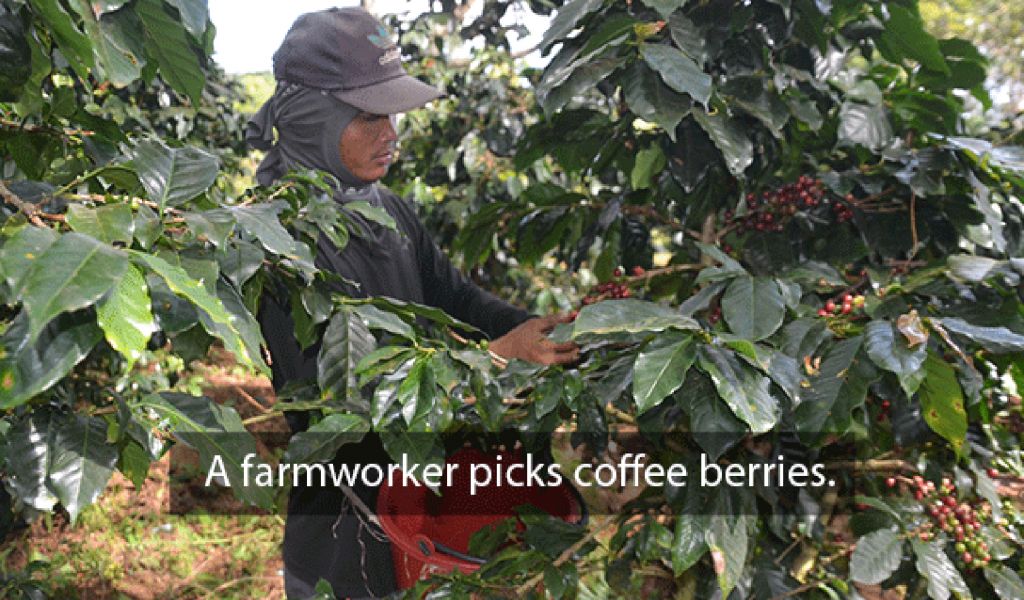Govt promoting Lao coffee products in local, international markets

The issue was discussed at a meeting held in Vientiane on Friday to review the extension of the coffee production plan for 2015-2018 and the plan for the year ahead.
The meeting was chaired by the Deputy Minister of Agriculture and Forestry, Dr Phouangparisak Pravongviengkham, and attended by officials and entrepreneurs engaged in coffee production.
Addressing the meeting, Dr Phouangparisak said the government is currently focused on coffee plantations in 11 provinces. “Over the past few years, coffee has been planted only in areas in southern provinces, such as the Boloven Plateau in Champassak, and then expanded to Saravan, Xekong, and Attapeu provinces,” he said.
“After that, it was expanded from the four southern provinces to the seven northern provinces of Phongsaly, Huaphan, Xieng Khuang, Luang Prabang, Oudomxay, Xayaboury and Xaysomboun. All of these are focusing on coffee production and also implementing the policy of the government to promote Lao coffee,” he added.
According to reports, the total area in the country used to produce coffee is 95,400 hectares as of 2018, with the total production recorded at 154,135 tonnes, compared to 77,540 tonnes in 2015. Most of this area is in the Boloven Plateau.
Most of the coffee planted in Laos is of the Arabica and Robusta varieties. Since 2015, Lao coffee exports (unit tonnes of green beans) have gone up from 28,320 tonnes in 2017 to 31,495 tonnes in 2018.
Last year, 56 percent of Lao coffee (green bean) exports to international markets went to Vietnam, 13 percent to Japan, 12 percent to Thailand, 3 percent to Cambodia, 2 percent to Germany, 1.5 percent to China, 0.9 percent to the US and 11 percent to other countries.
In the domestic market, Lao coffee products such as three-in-one and coffee beans are sold to coffee shops such as Amazon, Dao Heuang, Sinouk and Joma. These shops are located in Vientiane, Pakxe city, Luang Prabang City and Kaysone Phomvihane city.
The first coffee plantation on the Boloven plateau was set up around 1920 by French settlers alongside roads built by the colonial administration. Coffee rapidly became the main crop in the area, especially after the construction of a research centre near Pakx-ong in 1930 (Ban Lak 42).
At that time, the settlers exclusively grew Arabica trees of the Bourbon and Typica varieties. Within a few years, native farmers living near colonial plantations started growing coffee in small gardens and then larger coffee plantations from 1940.
At its maximum level, coffee plantations on the Boloven touched 5,000 hectares (Ba-bin,1998). At the time, coffee was entirely processed following the wet method and all technical steps (pulping, fermenting and washing) were done manually. The coffee obtained was then mainly exported to France.
By Times Reporters
(Latest Update March 30, 2019)
